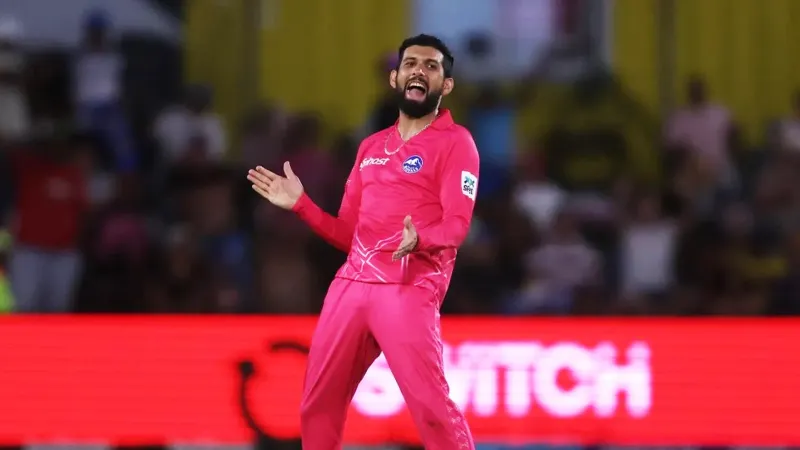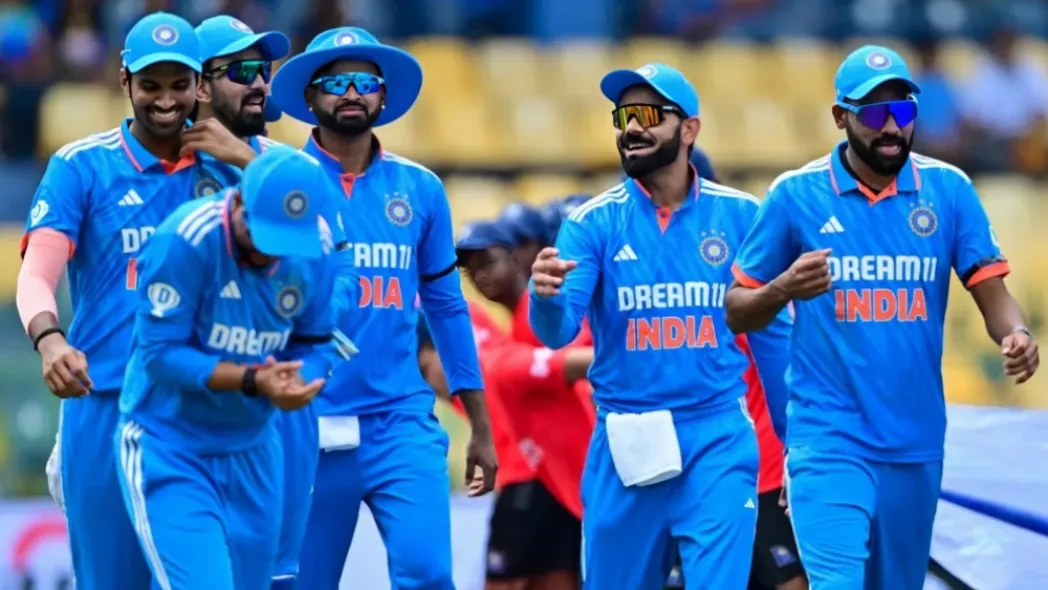In the realm of T20 cricket, adaptability and strategic nuance often define the success or failure of a team. South Africa’s recent strategy of deploying more spin against the West Indies in a men’s T20I match is a prime example of tactical acumen tailored to the opposition’s weaknesses and the conditions at hand. Historically, South Africa has not been known for relying heavily on spin, but their decision to employ this tactic in a crucial match underscores their evolving approach to the game.
In their extensive history of men’s T20Is, South Africa has rarely leaned on spin as a primary weapon, with only two instances of bowling more spin than in the game against the West Indies. This marked shift in strategy was not merely a reaction to the conditions but a calculated move based on a thorough analysis of the opposition. The West Indies, known for their power-hitting prowess, particularly struggle against spin, especially on surfaces that offer turn and bounce.
The decision to utilize more spin was not entirely surprising to those familiar with South African cricket’s strategic planning. Over the past two years, there has been a growing emphasis on identifying and exploiting the specific weaknesses of opposing players. For the West Indies, the key vulnerability identified was their difficulty in handling quality spin bowling. This insight was reinforced by the experiences of South African players in the Caribbean Premier League (CPL), where they gained firsthand knowledge of how West Indian batsmen fare against spin.
Shamsi’s performance was central to South Africa’s success. His ability to maintain control and extract turn from the pitch disrupted the West Indies’ batting rhythm. Despite some challenges in previous matches, Shamsi’s intervention in this game, particularly during the middle overs, was critical.
Aiden Markram played a crucial role as a part-time spinner for South Africa, delivering economical overs and taking key wickets to bolster their bowling attack and keep pressure on the West Indian batsmen.
The tactical use of spin completely reversed the course of the innings. The West Indies struggled to build partnerships and were unable to accelerate their scoring, particularly during the middle overs when Shamsi and Markram were operating in tandem. Key players like Kyle Mayers and Nicholas Pooran, who are typically destructive against pace, found it challenging to dominate the spinners.
Ruston Chase, known for his stabilizing role in the innings, played well but was unable to accelerate at the required rate due to the constant pressure exerted by the spinners. The West Indies’ inability to rotate the strike effectively on a tricky surface ultimately led to their downfall.
The success of South Africa’s spin strategy against the West Indies is a testament to their evolving tactical approach in T20 cricket. It highlights the importance of flexibility and the willingness to deviate from traditional strengths to exploit the weaknesses of the opposition. This strategic boldness, combined with effective execution, can significantly influence the outcome of a match.
For more, visit JeetBuzz News to read our quality Cricket Blog updates. Explore if you want to reminisce and enjoy all of your favourite cricket players and nostalgic match moments. To ensure that you never miss out, keep updated and join in the fun!































